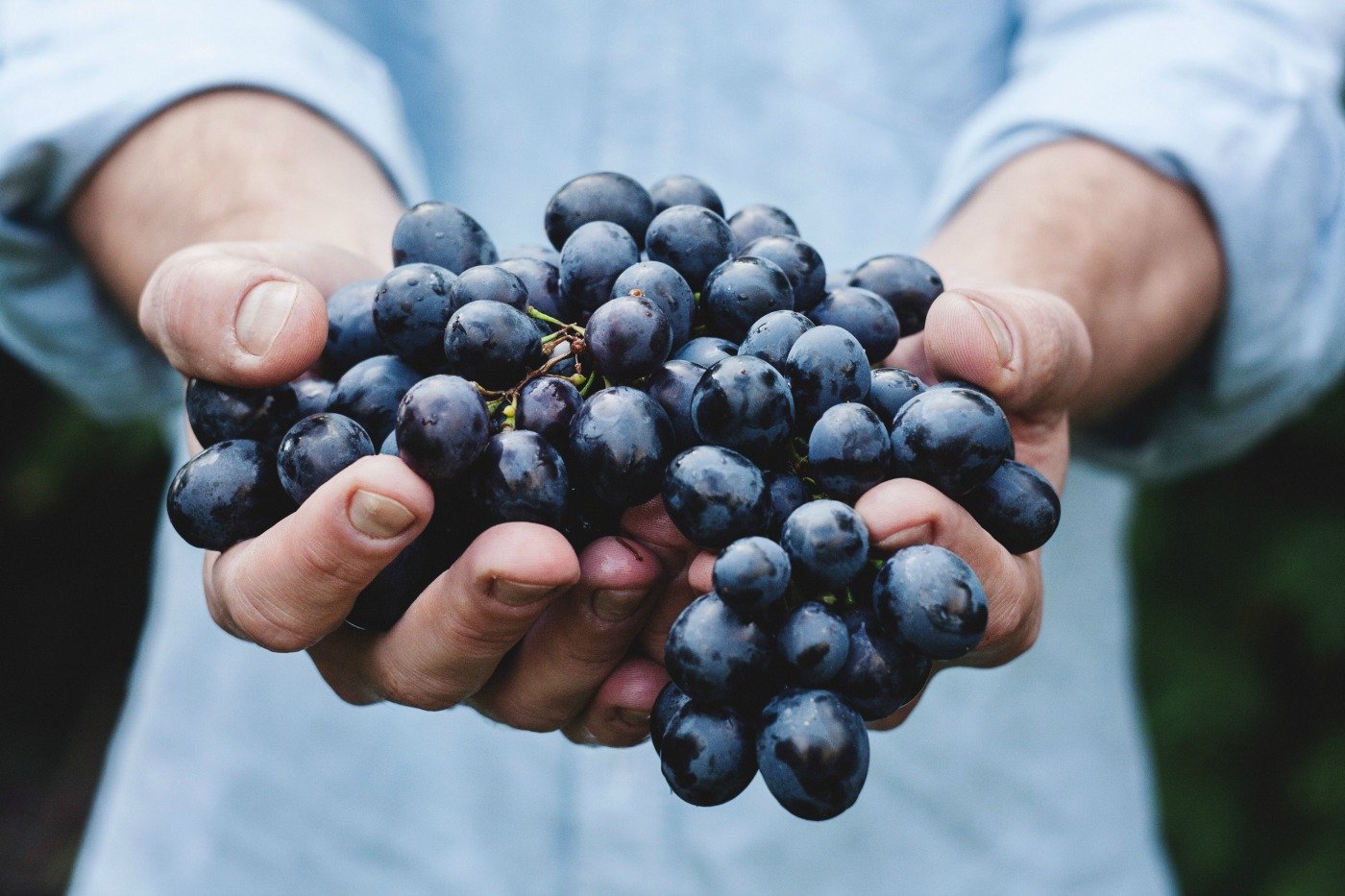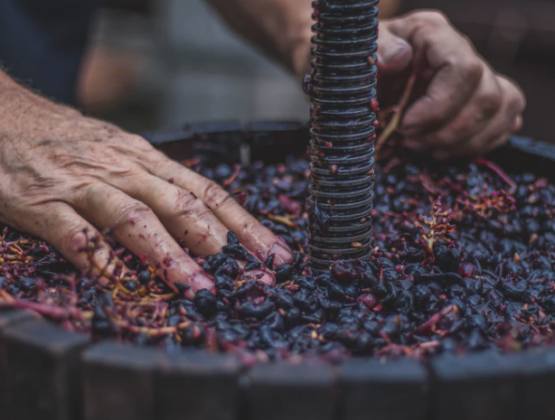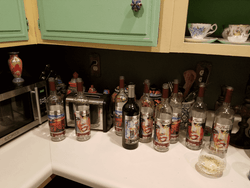The winemaking process is the same whether you own a vineyard in the Finger Lakes Region of New York or a winery in Napa Valley. Winemaking is a process that has been perfected by Mother Nature and requires humans only to steer the process to satisfy our palates.
The art of winemaking has existed for millennia. Throughout the ages, it’s been and will always be, the humble grape that is the star of the show. Grapes are one of the only fruits that contain the correct amount of sugar to create the right amount of alcohol to preserve the wine. Additionally, it already has the needed acids and tannins to produce a stable and drinkable beverage.
Vinification, the technique of turning grapes into wine, is a five-step process. In this article, I will walk you through the basic steps of creating what wine lovers frequently call “poetry in a bottle.”
From the Fruit of the Earth to the Nectar of the Gods
Harvest
The harvest takes place at the vineyard. The timing of the harvest is determined by the region and climate. This is done when the fruit is ripe. Now, keep in mind, ripe can be a very subjective term. A combination of new world technology and old world tasting helps determine when harvesting should take place. Harvesting can be done by hand or machinery, however, most vineyards prefer the hand-picking method. It’s easier on the grapes as well as the vines.
Crush/Press
After being harvested, the grapes are transferred to the winery for processing. The days when people crushed grapes with their bare feet are long gone. Mechanical presses are now primarily used for this purpose. This important step releases the juices from the skins. The resulting liquid is referred to as the “must.” If red wine is being produced, the must is allowed a longer contact with the skins, stems, and tannins. This is what produces the rich color and flavor of red wine. White wine must, on the other hand, is quickly separated from the solids and tannins. This is vital in order to keep the flavor light and sweet.
Fermentation
Fermentation is the key step in turning grape juice into wine. The process will occur without human interference. Only the grape juice and wild yeast are needed to begin the process. Modern wineries will treat the must to kill off the natural yeast and introduce their own strain of yeast. This allows them to better predict the outcome of the final product.
Fermentation is another step in the winemaking process that is climate dependent. It can last from 10 days to a month…or more! For a sweet wine, the fermentation process is stopped before all the sugar has been converted to alcohol. For a dry wine, like our 2016 Hope & Faith Petite Sirah, fermentation will continue until all the sugar has been converted.
Clarification
In this step, the vintners try to remove any remaining solids and unwanted particles from the wine. This can be accomplished through several methods. The wine can be moved to different tanks in an attempt to leave the sediment that has settled to the bottom behind. The use of different types of filters is another option. Winemakers may also introduce compounds or chemicals into the wine. This process in which the additive binds with the sediment is called fining. It makes it much easier to remove the particles from the wine juice.
Aging and Bottling
This step of vinification seems to have endless possibilities! It can be a very personal choice for wineries and set them apart. Depending on the type of wine being produced it can be bottled almost immediately. Finer wines, however, will be stored in a variety of barrels, casks, tanks, and bottles. Each of these vessels helps to shape the taste of the wine in its own unique way.
Wine can also be aged for many different periods of time. It all depends on what the winemaker is seeking for the final product.
As you can see, the art of winemaking is both a simple and complicated process all at the same time! For the consumer, the wine choices can be overwhelming. Red, white, blends, sweet, dry, old growth, new growth, state, region, country….the combinations are almost endless. Isn’t it amazing what a humble little grape can do!






